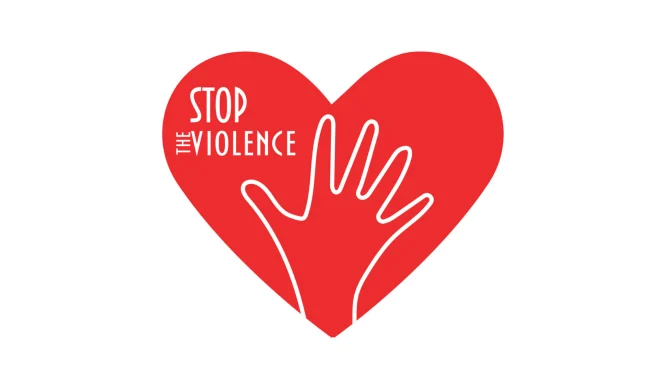
Healthcare workers play a crucial role in serving others, especially when their patients are at their most vulnerable. They provide their services with utmost dedication and respect, going beyond their duties to show empathy and care. However, they are also at a higher risk of experiencing violence at work, accounting for 73% of all nonfatal workplace injuries. Moreover, a national survey of nurses revealed that there was a 119% increase in nursing-reported violence from March 2021 to March 2022, coinciding with the pandemic. And unfortunately, these levels have not decreased post-pandemic.
There are several theories regarding the reasons behind the increasing problem of healthcare staff experiencing abusive behavior. One possible explanation is that patients and their families are generally more dissatisfied with the healthcare system as a whole and are taking out their frustration on the caregivers. Moreover, due to inflation and a shortage of healthcare workers, wait times and costs are rising, which exacerbate patient frustration. In addition to this, the mental health of the population has been negatively impacted by various external factors. Furthermore, the current political climate has created an “us versus them” mentality, causing people to adopt similar perspectives in other areas of life. This has contributed to the fraying of our social fabric, and people are now adopting a “my way or the highway” mindset, leading to increased disruptive behavior.
Social media has various impacts on humans. Being social creatures, we tend to interact through existing channels, which has decreased the need for physical social interactions. It also enables us to obtain and share information that may be unverified, which can trigger our fight or flight response and prey on our fears, which is the strongest human emotion. Additionally, our society has become increasingly litigious, leading us to adopt a mindset that someone else is always to blame when things go wrong. Lawsuits are merely a manifestation of this blame culture. The 2015 Brigham and Women’s Hospital shooting of Dr Michael Davidson was done by the son of a patient who blamed Davidson for his mother’s death. All these factors have created a perfect storm for the increased violence being seen and felt, creating a flywheel dynamic of pressure on a workforce that is already so strained.
It is time to act against the increasing violence at the state, federal, and societal levels. At the state level, the primary focus should be on implementing legislation to prevent violence. We should consider all potential options for federal policies that might be needed. Instead of waiting for an underlying issue to arise, let us focus as a society on the premise that violence against healthcare workers is not acceptable. Let’s utilize the root cause of the problem to put an end to it. We need to collaborate with our families and communities through social media and faith-based organizations to reduce violence of all types. There is a difference between making healthcare violence illegal and making it morally reprehensible. We are here to assist you during your most challenging moments. Let’s join forces to create environments that promote the best possible outcomes, instead of engaging in activities that won’t produce the desired results.
